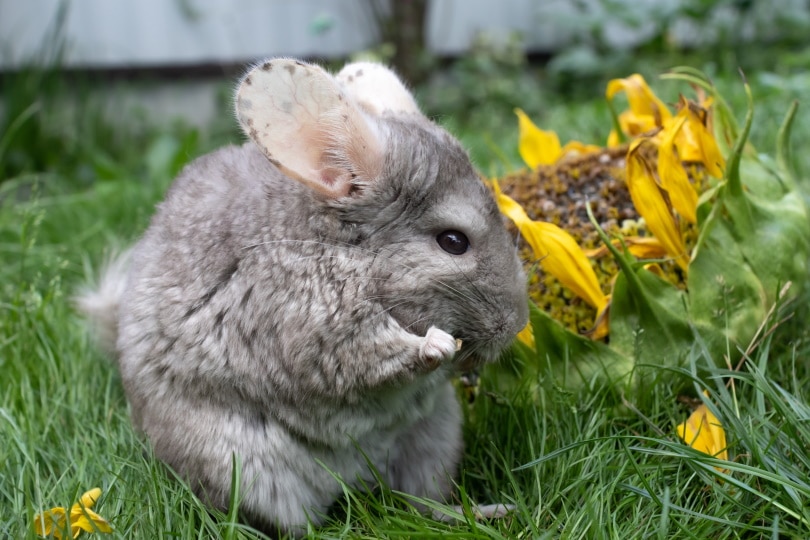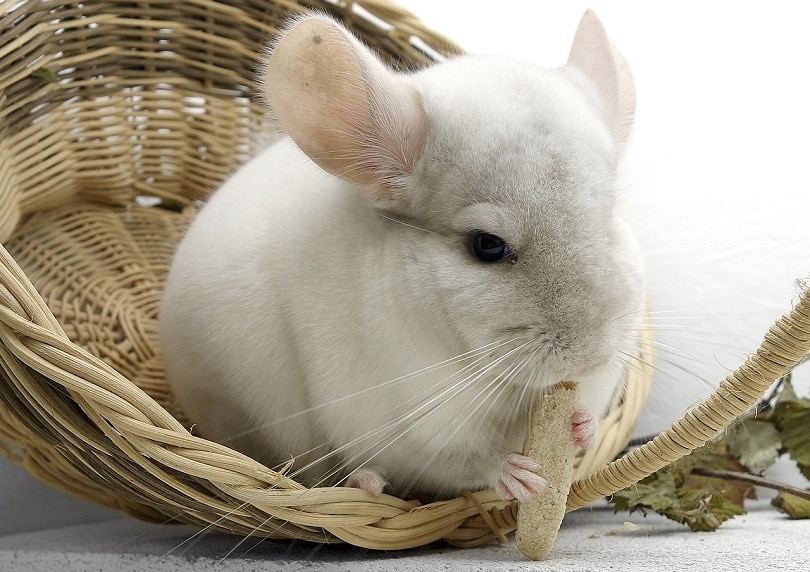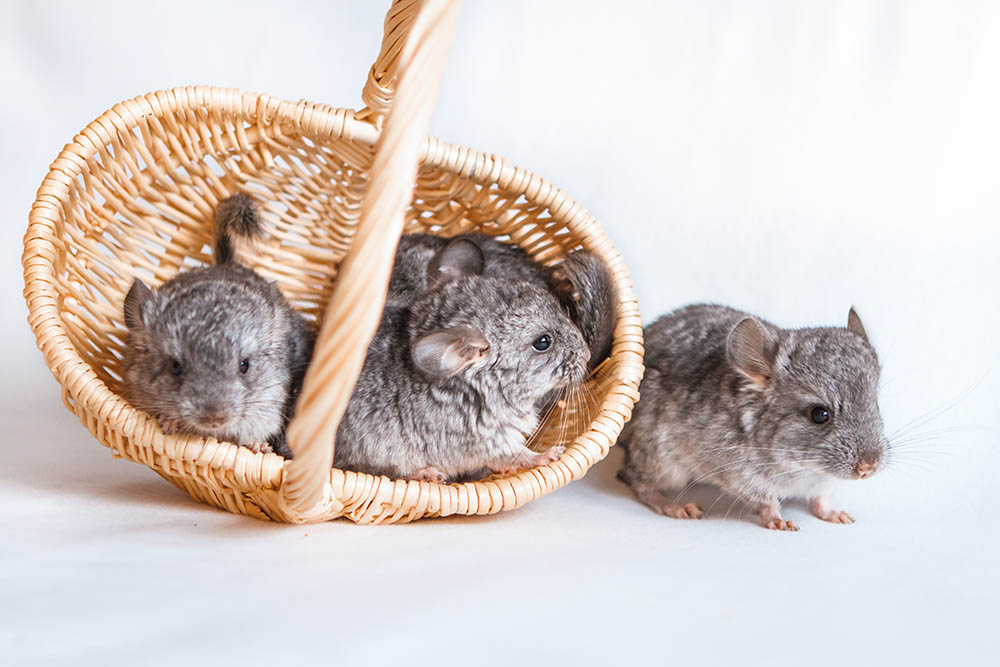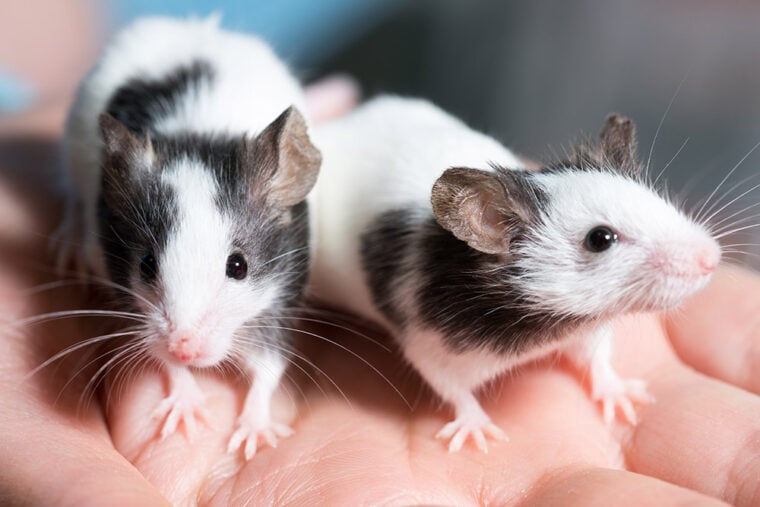
Mice can make for a great choice for a small, caged pet. Pet mice are easy to take care of and observing them can be very entertaining. Though they are known for being a bit skittish, they can even learn to be handled and hand-fed if done so from a young age.
Unlike other species, mice are not categorized into breeds. In fact, all pet mice are considered fancy mice. Instead, pet mice come in seven different varieties. These varieties are all different coat types and are recognized by the American Fancy Rat and Mouse Association (AFRMA).
The 7 Different Mice Varieties (Coat Types)
1. Standard
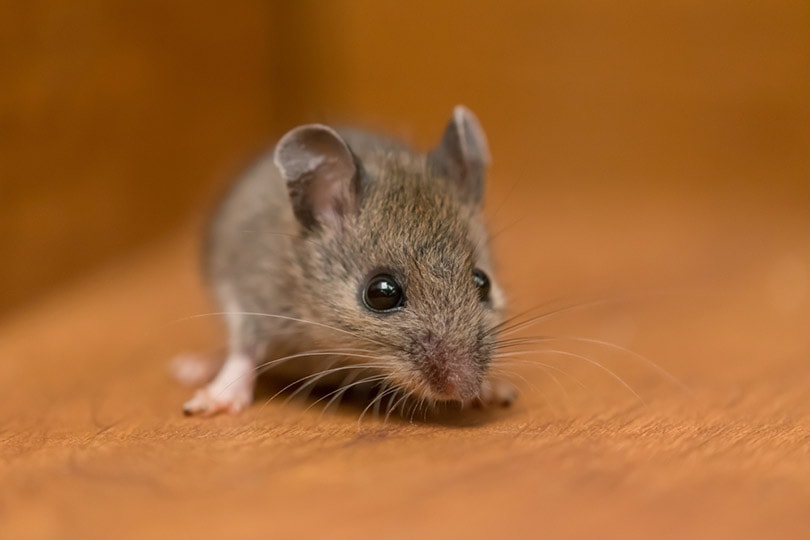
The standard coat type is short, sleek, and naturally shiny. This variety is also referred to as short hair mice.
2. Satin

The satin coat type is fine, dense, soft, with a recognizable glossy shimmer. The coat is short and very silky to the touch.
3. Long Hair
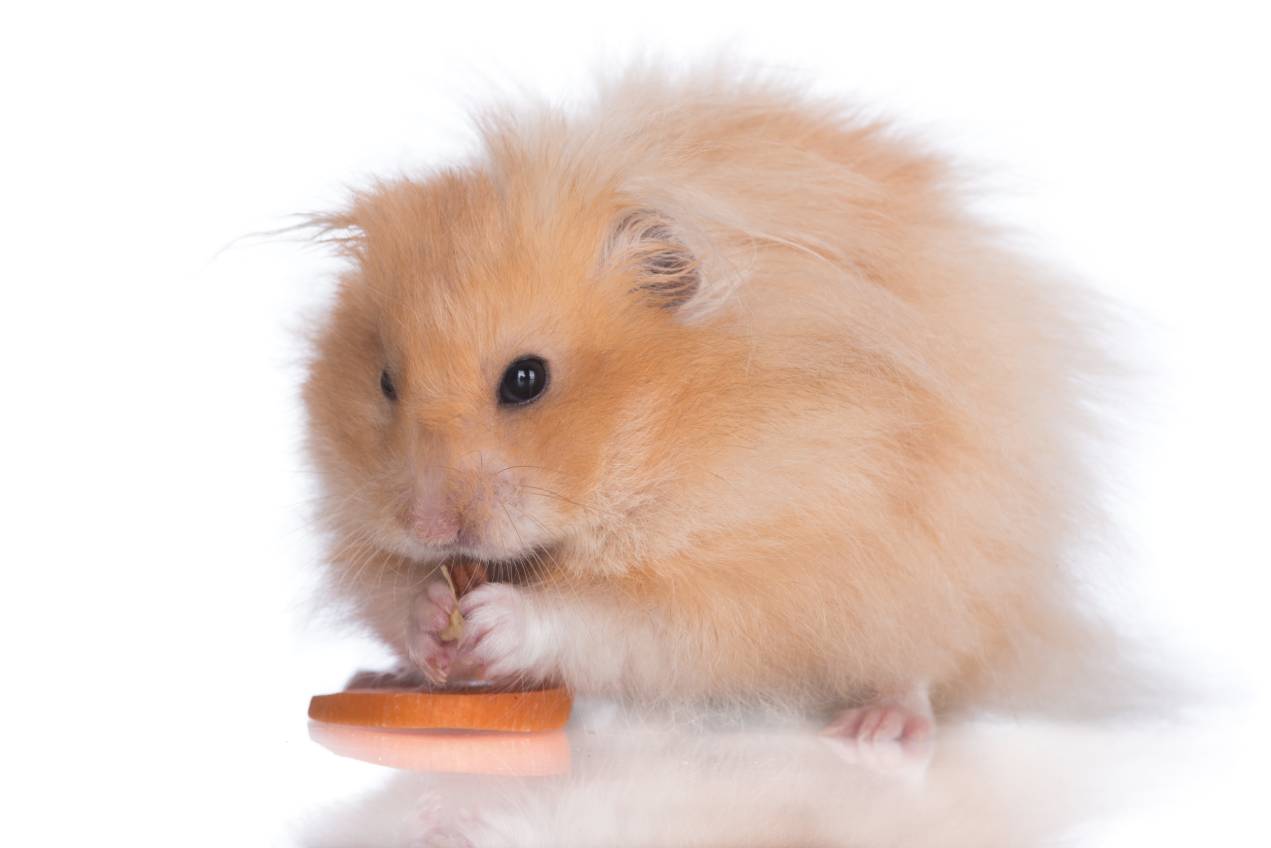
Long hair mice have a fine, dense coat that is long and silky. The long hair coat type is essentially the long-haired version of the standard variety.
4. Long Hair Satin
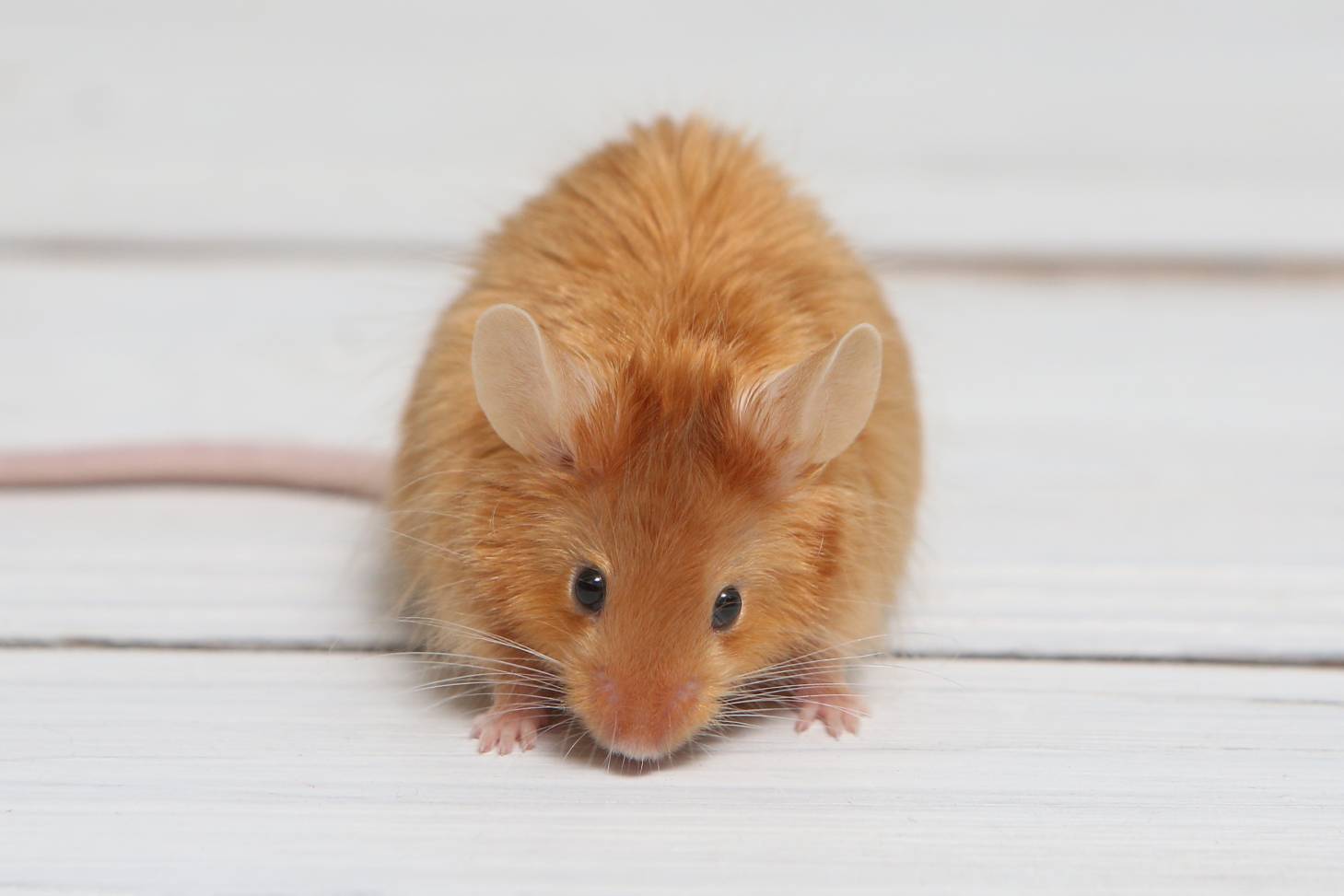
The long hair satin coat type is the long-haired version of the satin coat type. Long hair satin mice will have a very distinct shimmery, satin sheen on their long, dense coat.
5. Frizzie
Frizzie mice have a tight, wavy coat that covers the entire body with curly whiskers. This coat type gives a frizzed appearance, hence the name. A frizzie mouse’s hair is considered harsher in texture and is very dense. A frizzie’s coat will be longer than the typical standard length, but frizzies can have long hair as well.
6. Frizzie Satin
The frizzie satin is the satin version of the frizzie mouse. They also have curly whiskers and a tight wavy coat that emits the lustrous shine that makes the satin coat type stand out.
7. Hairless

Hairless mice are mostly or completely hairless with thin, translucent skin. They have large ears and typically have short whiskers but they can be non-existent.
5 Mice Colors & Markings
In addition to coat types, mice have also split into five different sections according to their color and markings. These five sections are seen in each variety of coat types.
1. Self Mice
In the color and coat marking section known as self, the entire mouse’s body will be the same uniform color with no additional markings. The different colors include:

2. Tan & Fox Mice
Both tan and fox have a top color in any color variation with a distinctly different color on their underside. The tan will have a rich golden-reddish tan color on the underside, while the fox version’s underside will be white.
3. Marked Mice
The marked type has nine subgroups within the section that are named according to their pattern.
4. AOC (Any Other Color)
With this section, the mouse’s entire body will be of the same color, but the coat will consist of individual hairs banded with two or more colors. The colors included in the AOC section are:
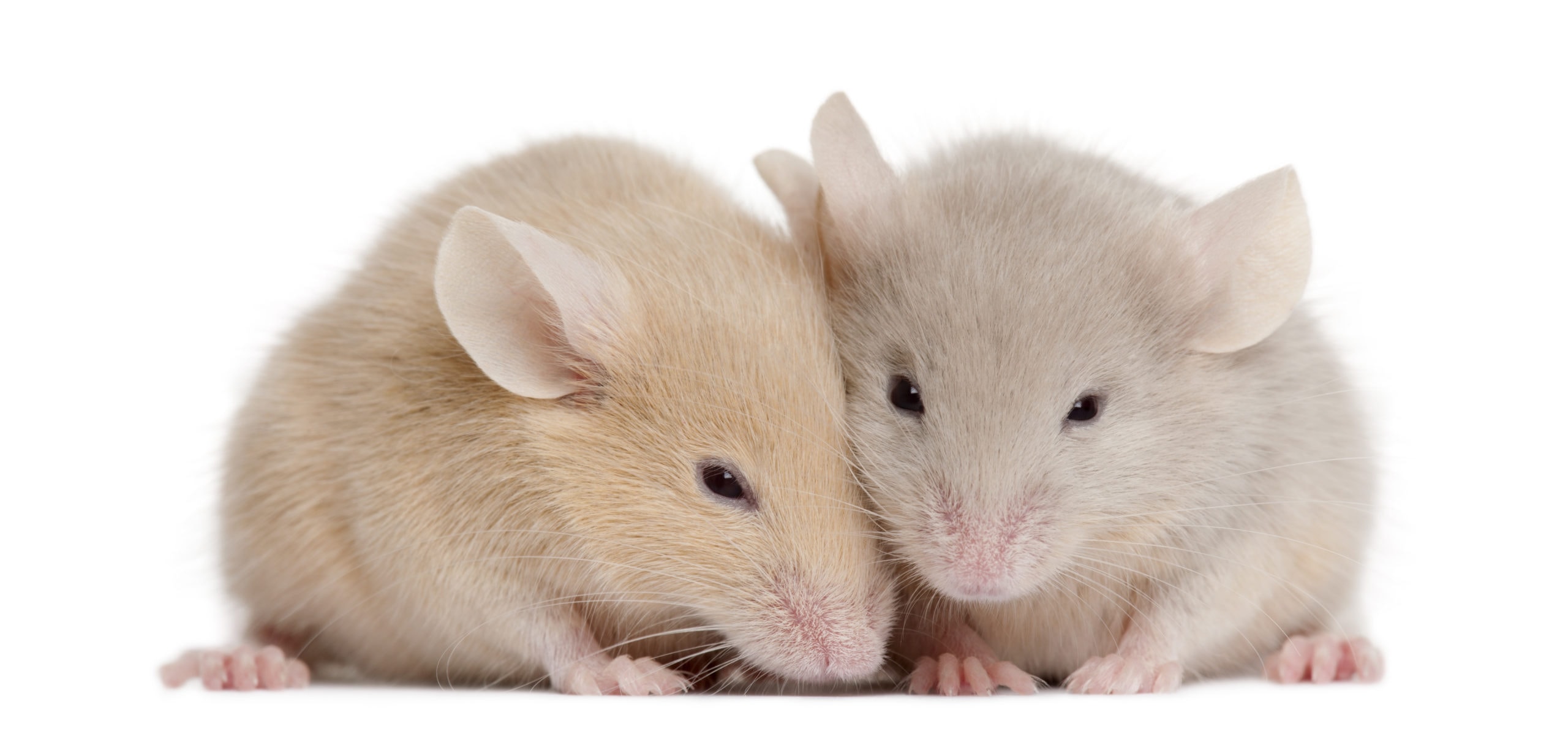
5. AOCP (Any Other Color Pattern)
The AOCP section features a combination of any two or more colors, excluding white. These colors will be in a distinct pattern. The AOCP colors consist of the following:
Significance of Coat Varieties, Colors, & Markings in Mice
Interestingly, pet mice and rats can compete in shows and have recognition just like purebred dogs and cats. While the mice are not broken up into different breeds, they are recognized by their variety and the colors and markings within their variety.
Anyone interested in recognized varieties would need to reach out to a breeder associated with the AFRMA. While you may recognize some pet mice in the pet trade as these varieties, other colors do not have any standard recognition.
Conclusion
While pet mice are all considered fancy mice, they are not categorized into specific breeds like our domesticated dogs and cats. Pet mice are broken down into seven varieties of coat types. They are then broken down into subgroups according to color and pattern.
There are some very interesting and unique coat types and colors in the pet mouse world. Regardless, these cute and curious little companions can make ideal pets for adults and children alike.
You may also be interested in:
- Can Mice Climb Up Walls and Stairs? What You Need To Know!
- Do Pet Mice Hibernate? What You Need to Know
Featured Image Credit by: Anton Watman, Shutterstock



